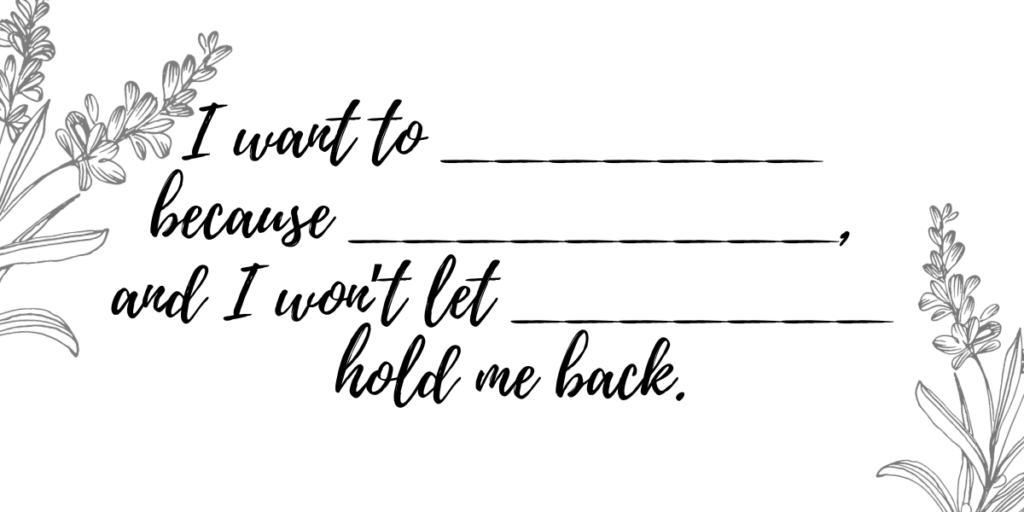How do you set a goal? Do you just pick something out of thin air? Maybe you wake up one morning, your joints are too tight to put on your socks and right there and then you decide to become more flexible. Or you see on social media that you should be reading three books a month and decide that you want to do that.
Sometimes, we set our goals based on our biggest pain point and sometime we set them based on what we’ve heard we should be doing. What is a pain point, you ask? A pain point in this situation is what is bringing you the most pain or discomfort. What in your life has gotten to the point that you can’t ignore it anymore nor can you continue without taking action to improve.
Given that pain point, perhaps your goals come from something more personal, wanting to play with your kids, wanting to protect your family, wanting to repair a relationship, or wanting to change your family legacy. But how do we find that deep-seated, passionate, personal reason?
The world will continue to throw out goals we should be setting. And it’s definitely okay to pursue those, we need small goals just like we need big ones. But it’s much easier to keep a big goal, when we have a ‘why’ and not just a ‘should.’
On a normal day, we could run into ten different situations where we want to improve and set a goal to do so. But in reality, we can usually only handle one, maybe two big changes at a time. For example, we might want to lose some weight, sleep better, eat our veggies, run a mile, cut back on screen time, read ten books, learn to play pickleball, and send a letter a day to people we love. Those are some mighty goals and individually, we could totally accomplish them, but if we try to tackle them all at once, our chances of success dwindle quickly.
Knowing that, we need to look at this through the different categories of our lives:
• Physical Environment
• Career
• Money / Finances
• Health
• Friends & Family
• Significant Other / Romance
• Personal Growth
• Faith / Spirituality
• Fun & Recreation
Once we have those categories, we’ll rate each one on a scale of 1-10 based on how fulfilled we are. For example:
Once we’ve done that, we want to choose the area of our life that is on the lower end of fulfillment. In the example above, we’d most likely choose from health, romance or fun & recreation as those are the lowest categories. Now, it does not always have to be the lowest. In the above example, romance is only a two but it might not be where the biggest pain point is or it may not be where you want to focus your attention right now.
Now that we’ve chosen our category, let’s dive into finding our why. Taking some quiet time for yourself, I encourage you to sit down in prayer with your category and ask what it is that you want to change. And then why do you want to change it? When we hit on that pain point, it will be tempting to shy away from it, but really try to be honest with yourself, asking the Lord for His help in this. Why do you want to set this goal to make this change to improve this area of your life? Get away from the surface reasons and drill down to the heart of it.
Then ask yourself “what is holding you back?”
Once we have all of those pieces, we can set our goal, writing it out with intention and placing in a spot where we can see it every day. “I want to do _______________, because __________________, and I won’t let ___________________ hold me back.”
Now that we have extreme clarity, we can begin to look at our game plan, choose our baby steps and begin our journey to success! Knowing that we’ve already taken the biggest step.
I hope that this helps and provides your with a place to start that doesn’t feel so overwhelming.
For we are His workmanship, created in Christ Jesus for good works, which God prepared beforehand that we should walk in them. Ephesians 2:10
Go in grace and God bless,
Colleen
No content on this site, regardless of date, should ever be used as a substitute for direct medical advice from your doctor or other qualified clinician.




